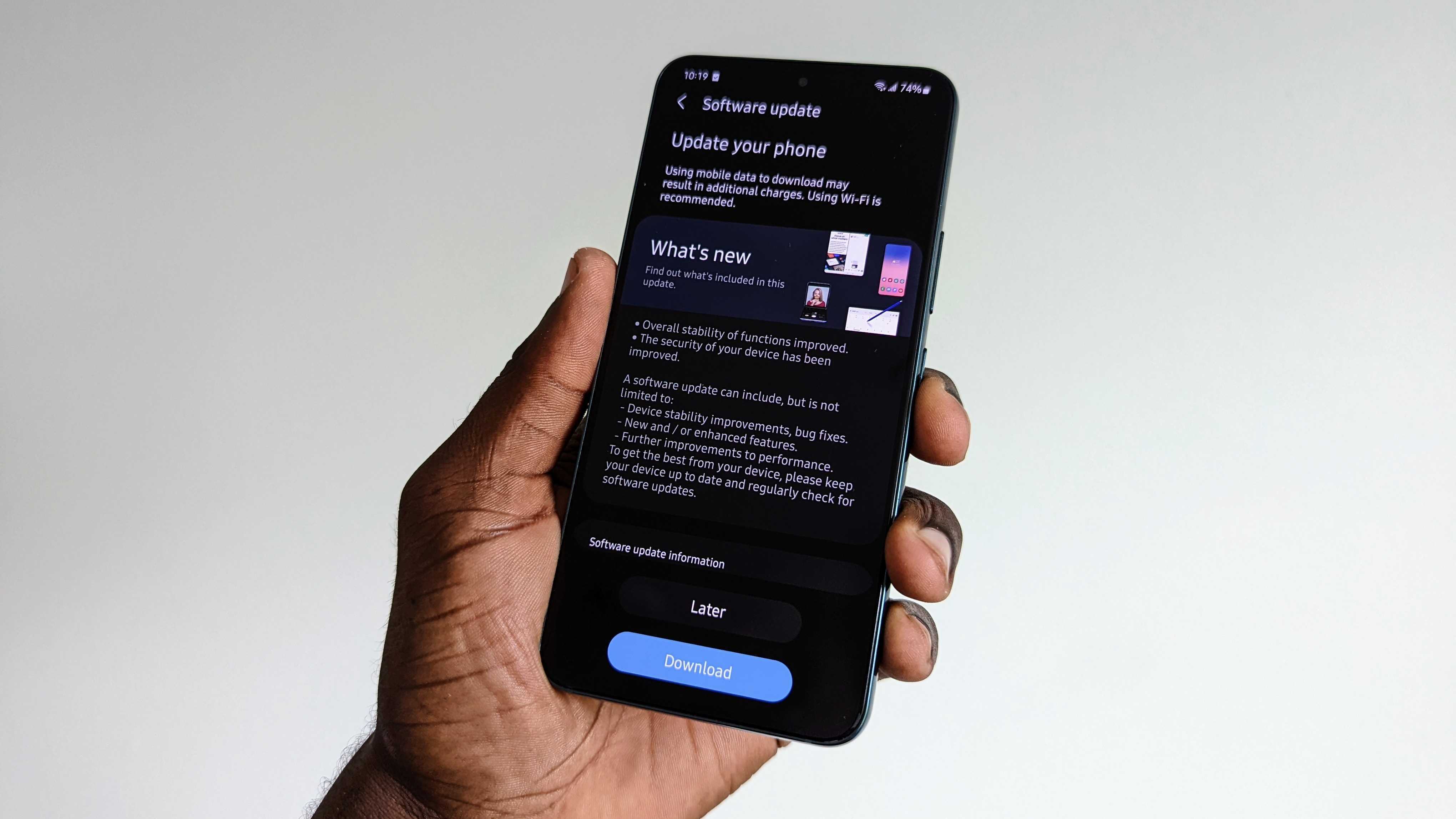Why does it take so long for my phone to receive Android updates?
Some phones get them quickly but yours might not. Here's why.

Why does it take so long for my phone to receive Android updates?
Best answer: Android isn't distributed by Google as a ready-made product. It needs to be built from the source code and the company that made your phone — and possibly the carrier you bought it from — have a hand in the entire update process. It might take a while before you ever see it.
Android is not what you think it is

When you think of Android you probably think of the software that powers your phone. You're both right and wrong and the whole thing can be very confusing.
Android is a brand more than anything else. It's made up of devices that use the Android Open Source Project source code to build software that meets the requirements of the Android Compatibility Program. Those devices are then licensed to use the term Android by Google and are offered for sale.
Android is more of a brand than an actual product.
To you and me this doesn't make much of a difference. We buy the phone we think is the best and it runs Android software because of the company that made it and its worry about the licensing and proper use of the Android brand name.
Where it does make a difference though, is when you're talking about the Android update process as a whole.
Google doesn't distribute Android as a piece of software that's ready for use. Companies that make devices that use it — including Google's own Pixel brand — have to set up a proper build environment and download the source code so they can build the software themselves.
It almost has to be this way because there are thousands of different Android-powered devices and they all use an individually modified version of the operating system. Even devices that are in the same family, like the Galaxy S22+ and the Galaxy S22 Ultra, use a different version of the software because the hardware is different. The way Google licenses the Android branding ensures that all of them can run every app you find in the Google Play Store.
Building the operating system and tailoring it to specific hardware is what makes Android so popular. It's also what makes it take so long for some phones to get an update once Google has released it.
Get the latest news from Android Central, your trusted companion in the world of Android
Many hands in the cookie jar

The process is actually pretty straightforward, even though it can take a while to work through:
- Google releases a new version of Android
- Phone makers evaluate it and decide which devices will be updated
- The software is built for your specific device
- The software is then customized with extra features not provided by Google
- Repeat three and four until the software is stable enough to be beta tested
- Once ready, thoroughly test the new software and make sure it still meets the requirements to use the Android brand
- Send software to carriers for further testing and (possibly) more customization
- Release a wider testing version to consumers who wish to be part of the process
- Finally, release the software to the general public
Receiving new Android updates is a process
As you can see there are many individual steps involved before a new version of Android can be sent out to your phone. Each one of them takes time to get done. Carriers also play a part in the update process because they need to evaluate any effect features and changes will have on their networks. If you bought your phone from a carrier store, it can slow things down even further.
What's more important is the monthly security update that's also made available to every company that makes Android devices. As long as your phone keeps getting the updates that keep you safe and protected while online, it's fine to wait a while to see a new version with new features.

Jerry is an amateur woodworker and struggling shade tree mechanic. There's nothing he can't take apart, but many things he can't reassemble. You'll find him writing and speaking his loud opinion on Android Central and occasionally on Threads.
